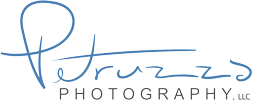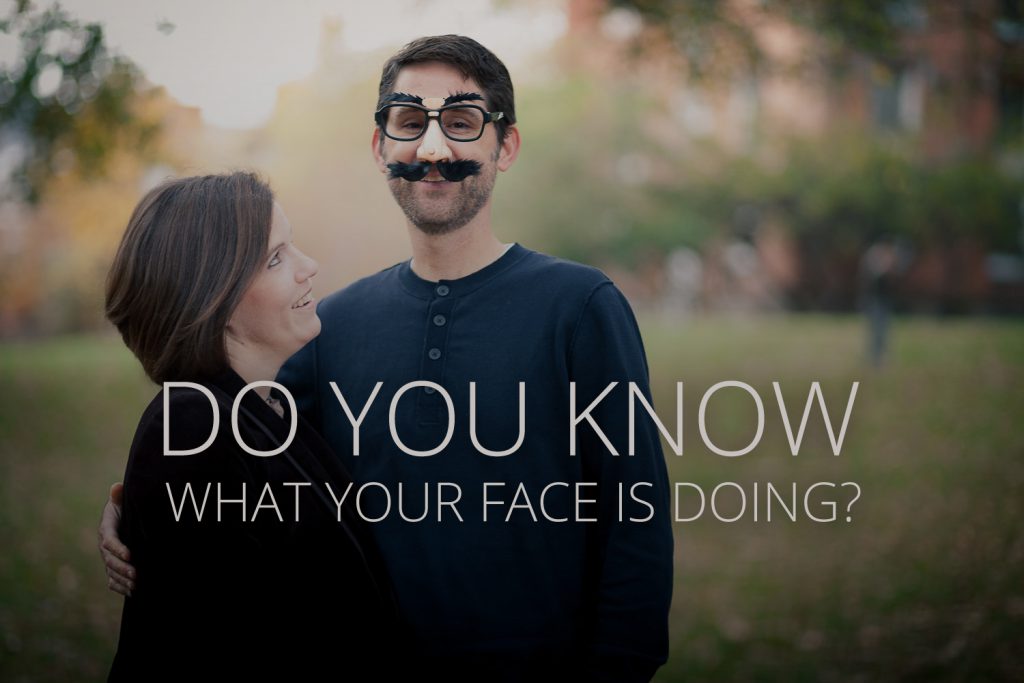It probably doesn’t come as a surprise that we spend a lot of time looking at people’s faces. We’ve got a knack for noticing strained, uncomfortable or fake expressions. When you get out there with us, you’ll hear us say things like “shake out your smile” or “refresh your face”. We’re saying that your facial expression looks inauthentic and you need to do something different. We’re fighting back the wide-eyed cheese smiles, and chasing down the real emotive expressions on a daily basis. We’ve gotten quite good at it, but it didn’t start that way.
Something we’ve always done as an exercise in private is to look in the mirror a lot. Not egotistically (well, not just egotistically), but as a way of visualizing and imagining the kinds of instructions we’re going to give to our subjects. We’ve used this method to plan posing for the body, shoulders, arms, and especially as far as headshots and portraits are concerned, the face. The exercise, paired with our experience across thousands of portrait sessions, weddings and headshot shoots, has taught us a lot about what to look for in the faces of our subjects. And, importantly, how few people seem to have mastery of their facial features.
Many people don’t think about what they’re doing with their face in any specific way, and few are actively conscious of the facial expressions they’re making, while they’re making them. We see this most often with people who were pretty clearly taught from a young age to “smile for the camera”. They developed a “camera smile”, and It sticks out like a sore thumb. You can spot a camera smile by the relaxation around their eyes, and the cheek muscles that activate lower on the face. A genuine smile, on the other hand, causes a little bit of squinting in the eyes, creates some wrinkles at the corners, and the cheek muscles pull the smile from higher. The easiest way to activate all these facial features automatically is to laugh. Even a good fake laugh will usually produce a genuine smile.
The thing is though, in the course of normal life, the things that make you smile genuinely are also likely to take your attention away from thinking about how exactly you’re making that face. So it’s not a surprise that so many people don’t seem to “know how to smile”, as some photographers say. Now before you say that it doesn’t matter, consider that if you have a camera smile, it’s also probably your “look happy when uncomfortable” smile that you might be using elsewhere. And all because there’s never any particularly logical occasion to “work on your smile”.
But that’s what I think you should do, at least once. Go into your bathroom, stare into the mirror and make faces at yourself. Make a sad face. Make a happy face. Make excited, surprised, scared, sarcastic and angry faces. Then, make those faces again, but transition from facial expression to facial expression as slowly as possible. Try to notice how the muscles in your face feel as you use them. Try to notice in the mirror how your face changes as you transition to a different facial expression. Try to take those facial expressions and do them again, but only do them 1% of the way and then 10% of the way.
The purpose of this is to help you connect the feelings in the muscles of your face to the way your face looks when they feel that way. It’s really a sort of mindfulness exercise, where you bring your own body into your awareness. It’s calming, and it might help you unseat that bad habit making you cringe when you look at photos of yourself.
As I’ve said in other posts in the past, knowing how to work with your photographer to get great images is more fun and efficient, but if you’re working with a great photographer they should be capable of doing most of that work by themselves. They should be putting you at ease, and coaching you through to looking your best, even if you walk into it feeling like no one ever gets a good picture of you.
So, get to know what your face is doing and then get some photos of it!

